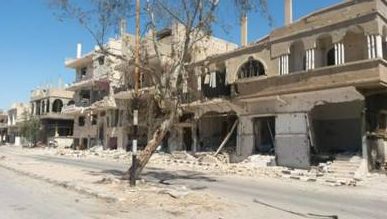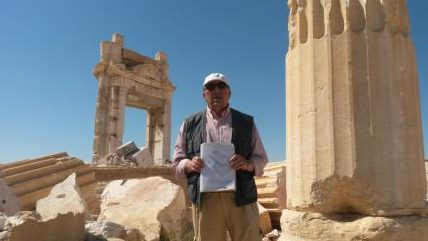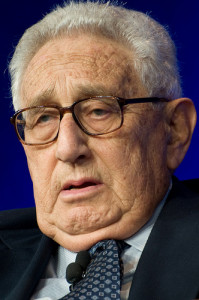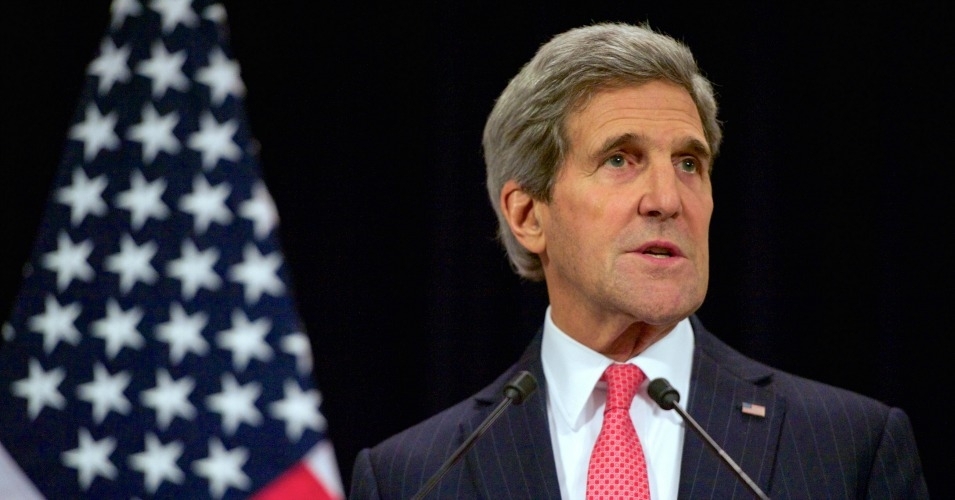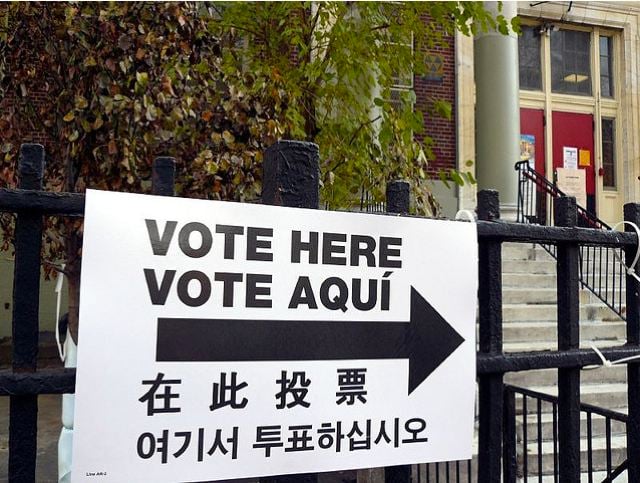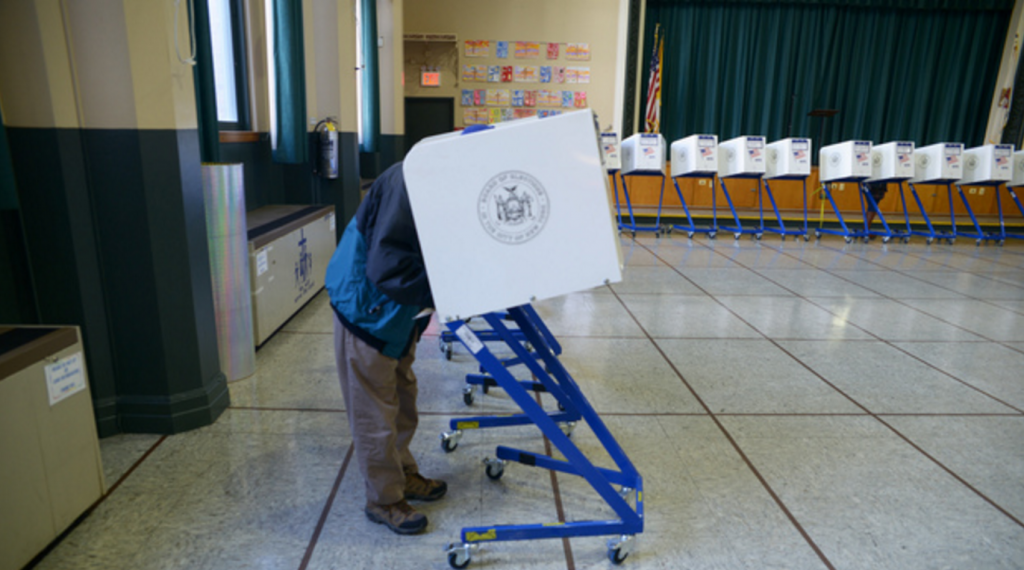Wednesday April 13th, the Syrian people in unprecedented numbers went to the polls and cast their ballots in 7000 polling stations in the 13 provinces the Assad government controls. Turn-out was so high that polls stayed open 5 hours longer to accommodate everyone wishing to vote. . According to figures tabulated by Syria’s Higher Judicial Committee for Elections, 11,341 candidates contested the election.
These elections however are taking place at the same time as the first round of Geneva based peace talks thereby contradicting and complicating a timetable for political transition insisted upon by the US. As a result, a number of Western powers, most notably Germany, France, Great Britain and the United States have been rejecting the election results as illegitimate.
On this week’s Global Research News Hour we speak with author and award-winning Independent journalist Stephen Lendman about the distorted media coverage of the Syria conflict. We also hear from scholar Tim Anderson, the author of The Dirty War On Syria who was in Damascus at the time of the elections, about the elections, the ceasefire and peace talks and the broader geopolitics in play.
LISTEN TO THE SHOW
Length (59:10)
Click to download the audio (MP3 format)
The Global Research News Hour airs every Friday at 1pm CT on CKUW 95.9FM in Winnipeg. The programme is also podcast at globalresearch.ca .
The show can be heard on the Progressive Radio Network at prn.fm. Listen in every Monday at 3pm ET.
Community Radio Stations carrying the Global Research News Hour:
CHLY 101.7fm in Nanaimo, B.C – Thursdays at 1pm PT
Boston College Radio WZBC 90.3FM NEWTONS during the Truth and Justice Radio Programming slot -Sundays at 7am ET.
Port Perry Radio in Port Perry, Ontario –1 Thursdays at 1pm ET
Burnaby Radio Station CJSF out of Simon Fraser University. 90.1FM to most of Greater Vancouver, from Langley to Point Grey and from the North Shore to the US Border.
It is also available on 93.9 FM cable in the communities of SFU, Burnaby, New Westminister, Coquitlam, Port Coquitlam, Port Moody, Surrey and Delta, in British Columbia Canada. – Tune in every Saturday at 6am.
LISTEN TO THE SHOW
Length (59:10)
Click to download the audio (MP3 format)
Interview with Tim Anderson Part One – April 13 interview (on election day) (Transcript)
Global Research: We’re joined right now by phone by Professor Tim Anderson. Professor Anderson is a Senior Lecturer in political economy at the University of Sydney in Sydney, Australia. He is a frequent contributor to the Global Research website, and the author of the recently released book, The Dirty War on Syria. He joins us right now from Damascus where he’s been observing the situation in the lead up to the parliamentary elections which are taking place as we speak. So, good evening Professor Anderson.
Tim Anderson: Good evening Michael.
GR: Okay. I guess I first of all, I just wanted to ask you… The elections are happening right now. What we’re hearing there has been a very …large turn-out. That they’ve extended the elections by about five hours. Am I correct about that?
TA: Yes. I’m not sure of the scale of the turn-out yet. But they say there’s been a strong turn-out, and there’s certainly been a very strong participation of candidates. Thousands of candidates.
GR: So Professor Anderson, I’m curious to know what do you anticipate in terms of the way the Parliamentary elections will play out? I know the voting is taking place as we speak. What are you anticipating given your sense of things on the ground?
TA: It’s not really possible to make any predictions. There aren’t any provisional figures as yet. I’d say they’ll have a result probably about this time tomorrow, in another twenty four hours. I’d say about twenty four hours. So I think maybe the parliament is still going on now, but another twenty four hours. But, from the candidates you can see that there’s a much wider variety of candidates. Everyone’s commented on that. Um, to what extent they’re going to get any votes I’m not sure. In the previous elections Baath party got about 60% of the vote. And the smaller parties…none of the smaller parties really got a, got a huge, they ended up with one, two, three members of Parliament, the other range of other small parties, but there have been a lot of individuals and new groups that have appeared in this election, so it’s not really possible to make any predictions yet.
GR: Okay. Fair enough. But, uh, can you talk about, you know, what is …what is being discussed in terms of election issues? Is it essentially, is there any sense of it being a referendum on Assad? Or are there any specific policy choices? What is..what are the people, would you say, voting on? What’s being discussed on the campaign trail?
TA: I think there’s, uh, first of all there’s a very strong uh, there’s a great economic, uh, depression here, effectively. Uh, the economy has been devastated by the war and by the sanctions in part, imposed by the US and Europeans and some others. So, to the extent of the real substantial issues, and remember that these people participating in the elections exclude all of those armed groups effectively but the groups that come out of Riyadh and which the US calls an opposition – they’re not really an opposition at all, they just want to create an Islamic State of some sort.
So the Opposition parties here are loyal in the sense of they are against the terrorist groups and trying to rebuild the country. But there’s tremendous economic difficulties here. And um, there have been some improvements. For example, in recent months, uh, the ceasefire did in fact have an impact in certain areas including in Damascus. But the prices are high and the salaries were low and there are shortages all of those sorts of things. The combined result of the terrorism and the economic sanctions by the Western Bloc. So, people in substance people want a change in map. Beyond that, there is a sense that when you talk to people having a say in the system, it’s quite visible the greater participation of women …amongst the candidates for example. So those sorts of things, have a more general sort of sense of maybe people can have a bit more of a say in the system.
GR: We’ve heard from major powers, uh, they’re questioning, essentially questioning the legitimacy of these elections. You’ve got Germany saying they won’t recognize the results. Great Britain, I got a quote from a spokesperson: “The decision of the regime to hold elections is a measure of how divorced it is from reality. They cannot buy back legitimacy by putting up a flimsy facade of democracy.” And then the France’s Foreign Ministry calls the election a sham by an oppressive regime. And of course the US State Department is saying the elections do not reflect the will of the people. So, I’m wondering what…what you would say to those… people who are …listening to those sorts of criticisms about the legitimacy of these elections.
TA: Yes. Well (those respective people who claim they) have no real participatory democracy in Syria certainly have no accountability for it. The United Nations resolutions, those passed on from the Security Council, they symbolize – they said, ‘I think the Syrians can decide their future.’ And the US (has signed up) to that, I mean the Europeans they have signed up to that It was a unanimous resolution saying that. The West can’t yet seem to understand that. Let them understand what it means that the Syrian people decide their future. It means that you don’t get to change the constitution. The Syrian people have to do it! This means that they vote for their representatives. They don’t seem to understand that. The Al – Qaeda groups that they back of course, the Riyadh opposition, coming out of Saudi Arabia..have never expressed any interest in democracy or elections. They want to overthrow the government and establish a sort of Islamic State . The US has made it very clear that they want to overthrow the Syrian government. They are arming groups to do precisely that. We have to you know, look at any statements they make about Syrian democracy in that sort of context. They have no real interest in Syrian democracy. Syria is the most inclusive nation in the entire Middle East region…not religious-based or racially based, and it has …public institutions – inclusive institutions. And I refer to a construct which gets a higher level of participation than the United States does in Presidential elections. So, these are all smoke-screens really, and I think the good side of that story is that it doesn’t really affect the Syrian people in their own internal processes, and as I said before it makes some people more determined to go out and vote even if they’re electing different (inaudible), they don’t really know that the Americans and Saudi Arabia, and Turkey are enemies effectively … although in the face of that.
GR: I’m just wanting to ask about the – the fact that these elections are taking place in the shadow of these UN led peace talks in Geneva…They took effect – the ceasefire taking effect February 27th , but we’ve seen an escalation in fighting in Northern Aleppo province, in parts of Hama province, and Damascus as I understand it. What can you tell us about what’s instigating that violence and why?
TA: Yes. It is quite complicated why because on the one hand I said very convincingly across the board that people saw the ceasefire had a very important effect certainly in Damascus, that is to say that the almost daily shellings that were happening in the eastern part of Damascus from the – the sectarian groups stopped. It largely stopped. They haven’t made – we’re surprised that it’d be so relatively peaceful, um partly because of the successes of the Syrian Army in bringing out a cordon around those occupied areas and diminishing them somewhat. But also because there was some genuine engagement
in the ceasefire, and so some actual benefits to ordinary people. And probably because the armed groups were trying to regroup themselves in a place that is back in Damascus.
Now you’re right we mentioned that in Aleppo the situation is rather different because … the Syrian Army and the alliance linking the Syrian Army with Russia, and Iran and Hezbollah and some other groups, having liberated Palmyra a short time ago have been trying to cut off the supply routes between Deir Ezzor and Raqqa and Aleppo so they’re trying to encircle Aleppo at the moment. And there’s been a counter-offensive by Jabhat al-Nusra from the north, the groups are coming from the north, there’s a couple of other groups that work with Jabhat al-Nusra – Jaysh al-Islam and Ahrar ash-Sham. So those groups have mounted a counter-offensive at the very time that the Syrian Army is doing a push to clean up the entirety of Aleppo. Aleppo …the second biggest city in Syria, is the main target of the Syrian Army after Palmyra, except a dozen small (areas) in between. It’s standard operation. You can cut off the supply routes, cut off the links between the concentrations of those Islamist groups, and the links with Turkey, and so, genuinely you punch battle cry from in Aleppo at the moment and it meant that some of the groups who were indeed let’s say take advantage of the ceasefire, and breach it, the Russians have been monitoring these breaches, and then so many per day and so on, but effectively there’s abandoning of the ceasefire in large parts of Aleppo wherever fighting’s going on, but it’s being maintained more or less in the northeastern part of Damascus at the moment. So, it’s a complicated situation but it means that the deep focus of fighting right now is indeed in Aleppo.
GR: So, I’m wondering as we move forward, what, do you see the, you know, should the elections go in a way that supports or you know backs Mr. Assad,…how do you see things sort of resolving themselves on the international stage? Are we going to see increased efforts to kind of intimidate the government, or are we going to see compromises on one side or the other? Where do you see things going?
TA: First of all, I think it’s important to recognize that there are two different things going on: the Syrian internal process and the Geneva process and both are very important. The Geneva process is important because the ceasefire has brought some genuine results at least in Damascus. And it’s also a very necessary part of ending a war that every effort is made to try and resolve violence without the deaths. But we should be very clear that there is no political resolution in terms of a new Syrian government going to come out of the Geneva process. That is simply not going to happen. Indeed it’s concrete to the wording of the Security Council resolution. Although there is this illusion in the Western countries that somehow or other, these external – despite the Security Council Resolutions it seems, the Syrian people have to resolve their own political processes. There is still this insistence that these international players are going to somehow select the next Syrian government. That’s not going to happen. It’s particularly not going to happen because the Syrian advances on the battlefield have got the advantage in the last few months. So whereas internally in the political process in Syria, there is a – the process of elections now includes the Congress elections back in 2012, four years ago, the amendments of the constitution in 2012 , the presidential elections in Hom in 2014, and the congress elections today are all according to Syrian law, that is to say there hasn’t been a failure to comply with the schedule of elections under the electoral law and the constitution.
So, when people have said in attack…oh it’s not the time to have an election because there’s a war going on and so on, well the US government has pursued no doubt delays, any sort of illegal or unconstitutional delays in the last elections but elections today really have nothing to do with the Geneva process. The Geneva process remains important (inaudible) that leads to the Syrian conflict, and also to perhaps isolate these states that have been (inaudible) all of these groups going back to all of the armed presences here and that’s why (inaudible) It’s not a civil war of course. It’s a war that’s being backed by a … alliance of United States, Saudi Arabia,Turkey, Qatar and UN.
GR: Okay, so, um you were talking about the impacts of the sanctions. And the particularly, I know you wrote in your book you devoted a whole chapter to the system of the – the attacks on Syria’s health system and focused on how the sanctions were essentially…there was clearly driving away and alienating popular support. So, this is essentially an effort to just completely destroy, degrade the Syrian State in its capacity to provide support for the people. All those social institutions that were in place. Is it possible to provide an analog, I mean to compare it say directly to Haiti or Libya?… How would you describe that whole situation of that effort that strategy of just undermining the State’s ability to support its own people?
TA: That’s certainly part of Washington’s strategy – that on one side you’ve got armed groups attacking for example pharmaceutical factories you know. And hospitals they’ve got their own pretexts for what this hospital treating souls is there for you know. We’re going to blow it up and then film it – themselves blowing it up and so on. On the other hand you have got international sanctions which make a lot of things very difficult to obtain. Syria has been very self sufficient in the past because there have been sanctions in the past in a lot of areas like food and pharmaceuticals and so on. But they’re much weaker in that sense today. The economic damage is very real while it’s serving alliances of tremendous armed forces these days, despite the loss of soldiers there have been on the order of 80,000 soldiers in this conflict so a third or more of all of the casualties in the conflict have been Syrian security forces – despite that, it’s apparent that the army in its gain has strength to it and the alliances behind it very strong. But we’ve got this degradation is going on at the same time. There’s still a public health system and a public education system, but it’s lost a lot in terms of resources, in terms of people. Part of the migration problem are privatized because it’s very difficult for those people too. So I had to go from some people in the mass of personnel, the universities principally …that sort of area’s been damaged. So, even in … one group that was setting up a new private university because they were trying to rebuild target capacity in the higher education sector, but it was being weakened, undermined. There were many many young people studying in schools and hospitals in Syria, but you know their classes are getting bigger and bigger and the possibilities of small …and so on. There’s a very strong impact on the economy, as I mentioned before shortages in prices and so on. That’s going on at the same time and that’s aggravated by these sanctions. Of course, we know what happened with Iraq for example, in the sanctions during the nineties ahead of…they left a terrible toll because they went on so long. You remember that famous question to Madeleine Albright is, you know, it is estimated that half a million children have died years later by the sanctions and thereafter. Was it worth it? And she said well we think it is. You know?
These sanctions are a long term thing that have really – at the other side of the terrorism… they’re adding real damage to people… The one advantage, Syria has some very strong and loyal partners, particularly Iran and Russia, but also countries like Cuba and Venezuela that are helping in reconstructing the health sectors for example. So people are living in a very difficult situation at the same time as the Syrian armed forces have got the initiative.
Interview with Tim Anderson Part Two – April 15 interview.
Global Research: Okay we are joined now once again by Professor Tim Anderson. Uh, I am speaking to him now almost two days after our previous conversation to see if he has any updates on how the Syrian elections went and how he sees the political landscape shifting. Welcome back Professor Anderson!
Tim Anderson: Thanks Michael.
GR: So it’s been more than twenty four hours since the polls closed, but uh, I have yet to see anything in the English speaking press about the uh, election, other than commentaries from Western governments about how they were illegitimate. Uh, we talked about that before. I was wondering if there’s anything more you could tell me from your vantage point about how the elections went.
TA: Just a little bit about the participation. The figures aren’t out yet. They’re not published yet. I haven’t seen them yet. The polls were extended by some hours, possibly until we get to (the following) morning, far after the closing poll…The thing I have heard back is that the level of participation has been fairly strong. As far as the presidential election in 2014 you might recall that as around 73% from that despite the war in some parts of the country who couldn’t get to go. On this occasion, um in the Congress elections…had a lower participation than the presidential elections um. Back in 2012 it was only about 51% or so during the crisis. Now, they want to tell me that its higher, it’s not as high as the presidential but it’s higher than the last Congress, so it may be 60-something percent…They say it was pretty strong, and I think the factor there was that there has been quite an explosion of new candidates I am thinking the young people and women, which has certainly interested a lot of people but participation around the university is quite strong apparently. And in the past young people hadn’t voted that much, particularly in, these people who came to the elections. So that’s about all (inaudible) people (inaudible) . There was some incidents of corruption …which was then covered (inaudible) throughout those particular areas. Um…. (inaudible) Another thing to remember here is that the …of internally displaced people, but that there has been significant (INAUDIBLE) around Hom and Damascus, but (inaudible) of people who are being displaced around Aleppo and Hama they have homes in the city of Damascus and in the coastal cities and so on. There have been some facilities made for people who are out of their districts but wanting to vote…..
GR: When you talk about those internally displaced persons from those areas…are there any estimates on what percentage could have actually cast a ballot?
TA: Well, as I said, the participation rate is probably sixty something percent, but I don’t know exactly what yet. And that means all eligible voters in the whole country. So, when I…there were 73% …in presidential elections, that means that 73% of eligible voters in the entire country, including the internally displaced people – I’m not exactly sure …people in the rest of the country but there was … twice as many people internally displaced as externally displaced. So, that’s a little bit unclear. There was a report on a few days ago from the … and Internal Organization for Migration … people were moving back to their homes. So that’s pretty much the state of the advances of the Syrian Army with its allies in the last six months. At one point seven million …possibly getting towards a third of the people who were internally displaced, but let me talk about the participation rate of a third, referring to the number of eligible people.
GR: What might conceivably be at stake here, I mean…my understanding is that the president, Assad, does wield most of the power in the country…How could the parliament shape the plans or the efforts of the president?
TA: Well the parliament … no methods. It’s quite similar in structure really to the congress/presidential system in the US. The President has executive powers and in the past he was the head of the Baath party but the Baath party since 2012 no longer has the same constitution, the role now…the role of the Baath party was more or less diminished in 2012 with a constitutional amendment. So…President Assad is pretty much like the US president in many respects.
GR: Do you have any kind of a read on how the… we discussed the rhetoric from the United States and Germany and so on…In terms of the real politik of the situation …as I brought up before, how do you see them reshaping their …approach? There’s been talk what they call a Plan B for Syria. I think they’re talking about some sort of a partitioning… Realistically, do you want to maybe address that point again?
TA: So what’s the, um, US plan? (They’re) very happy with the idea of an Islamic State in the east part of the country, driven by Al Qaeda and the other Salafi groups aligned with it. So that idea of partition is always in classical terms …it’s explicitly been on the US attainment from the beginning. It’s clear also that’s not going to happen. Because, effectively the role of captured states is diminishing pretty much in line with the security advances of the Syrian Army and its allies, particularly of course Iran, Hezbollah and Russia.
So, I think it’s fair to say that while the Geneva process, the international process is important in terms of trying to end the war, but then there are so many sponsors, external sponsors of these groups, it’s kind of clear that the Geneva Process is not going to have any real influence on and show them the future political system of Syria .It’s important to end the war, but it’s not really going to do it. What’s going to do it is really what’s happening here. At the moment which is very much a normal process in many respects. It’s just that people are devastated by this civil war and …economically they’re worse off. The economy is being (inaudible) seriously by the terrorist groups and at the same time, you’ve got international sanctions from those (inaudible) and countries that are demanding (inaudible) throughout the government, and those sanctions have of course led to shortages and higher prices and …You can tell that most of the country’s in poverty in dollar terms, (inaudible) and so those have been issues I think really that people are really concerned about when it comes to this election this week but that what’s going to happen to the economy? What about the basic needs of people who are (inaudible)?
Situation a few days ago where the government had stirred up a…were going to discuss the external situation and effects in Syria. And most of the delegates don’t want to talk about basic things like prices and food and a range of other economic issues basically. They’re the bread and butter issues of this election, indeed the presidential election to me. Effectively I think the crisis here hasn’t against external domination and against the terrorist groups…. (inaudible)
GR: Well, Professor Anderson, I don’t know if there’s anything else you wanted to mention about the elections before we close, but, I suppose…
TA: Until we get some news…perhaps in an hour we might get some news.
GR: Thank you so much for helping us decode what’s been going on out there, sir.
TA: No Problems Michael. Thanks for your time.
GR: We’ve been speaking with Professor Tim Anderson. The book is The Dirty War on Syria and it is now available through the Global Research website.





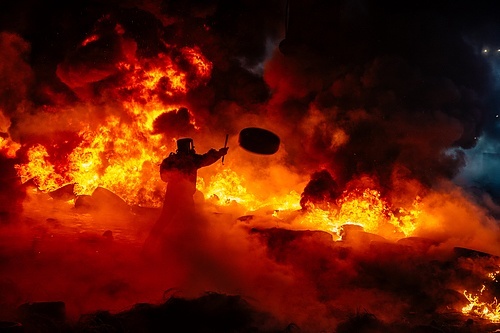
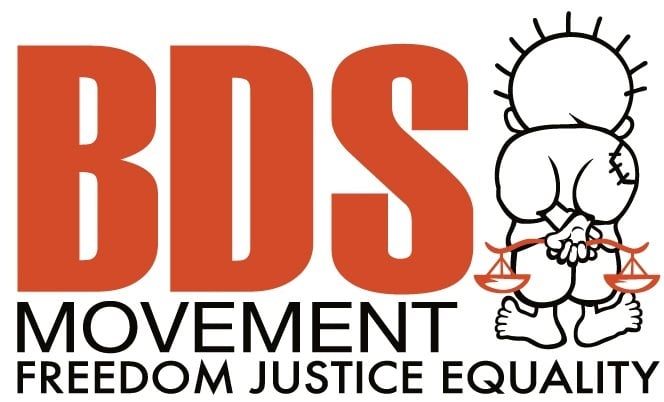
 The Washington-based, USAID-funded “
The Washington-based, USAID-funded “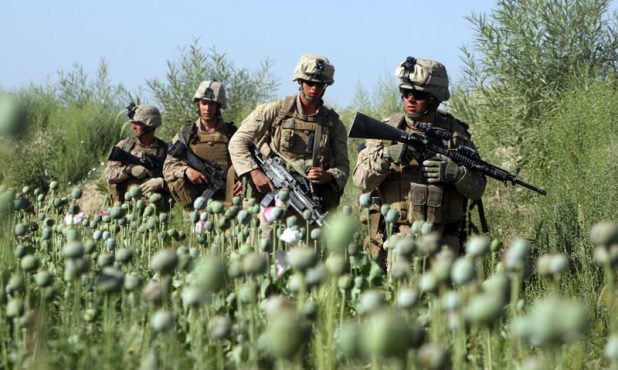

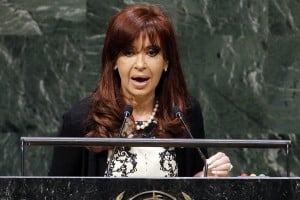

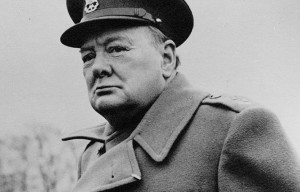











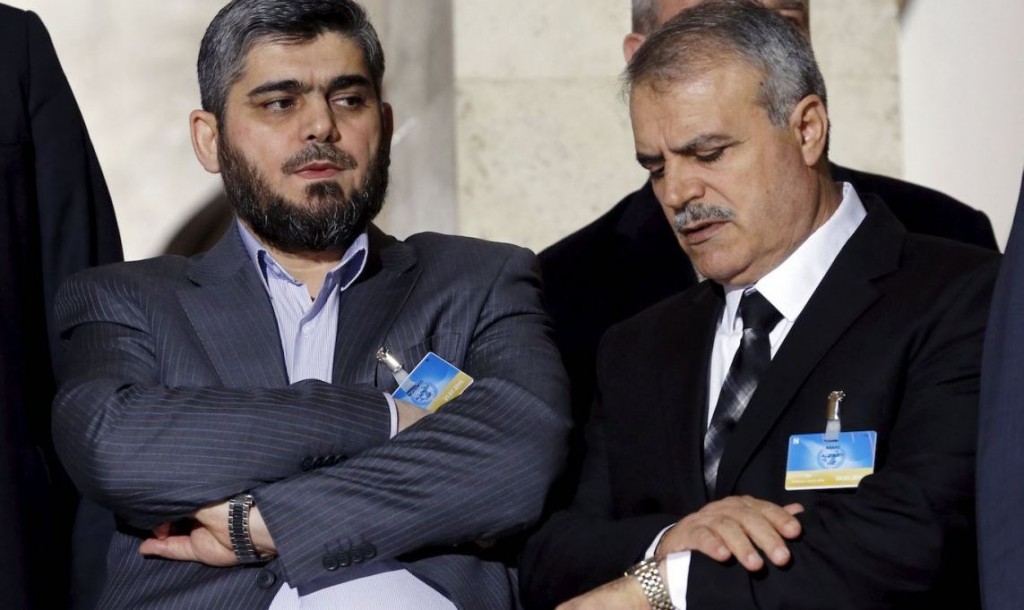

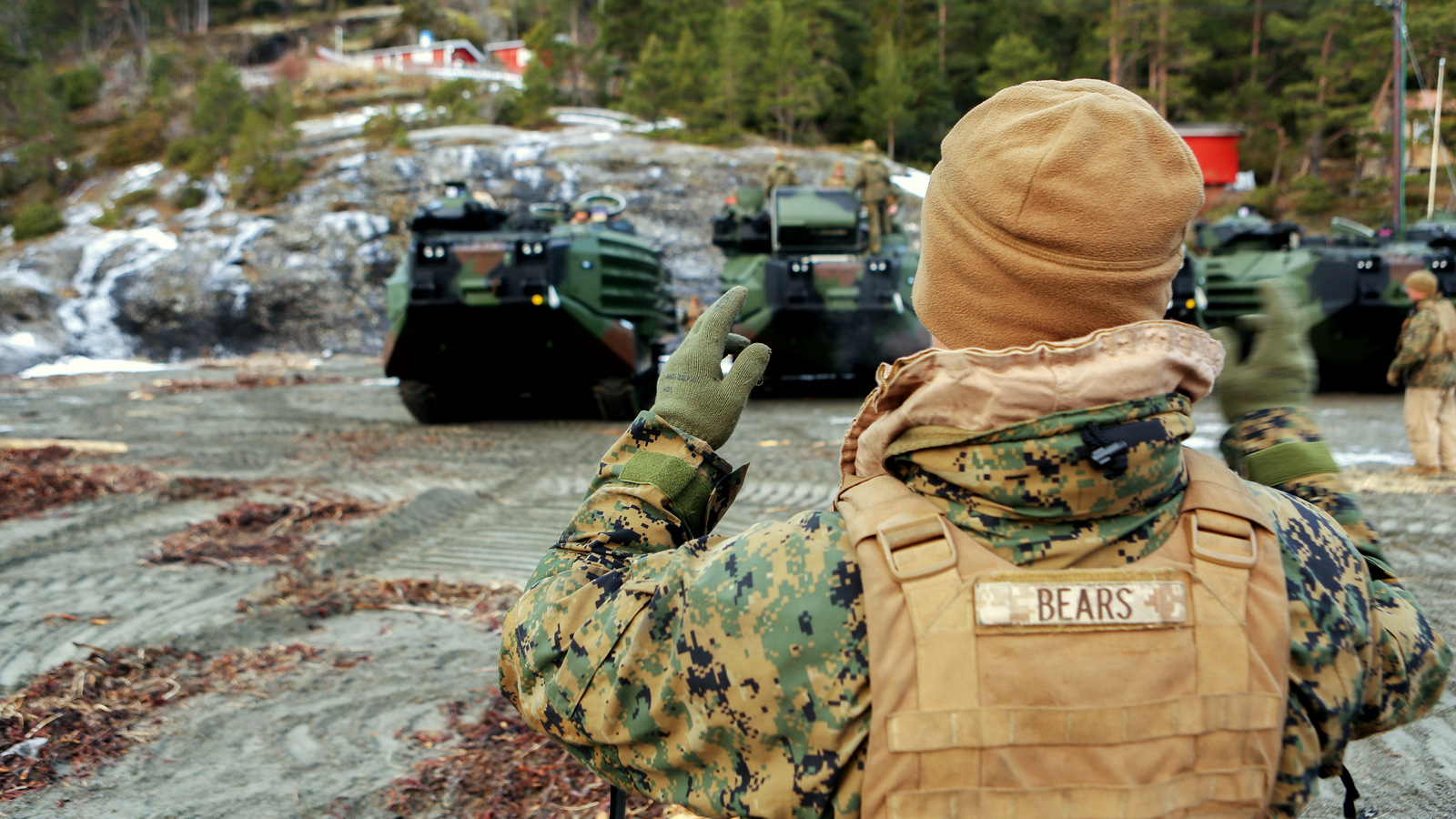
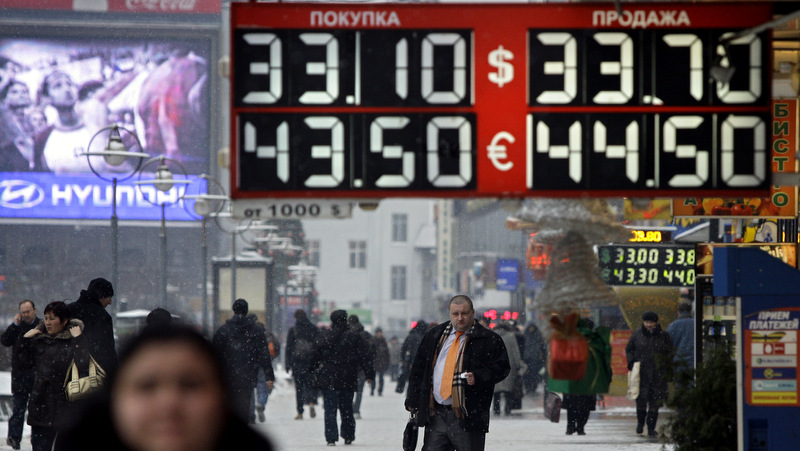
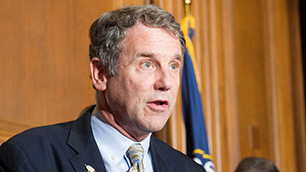

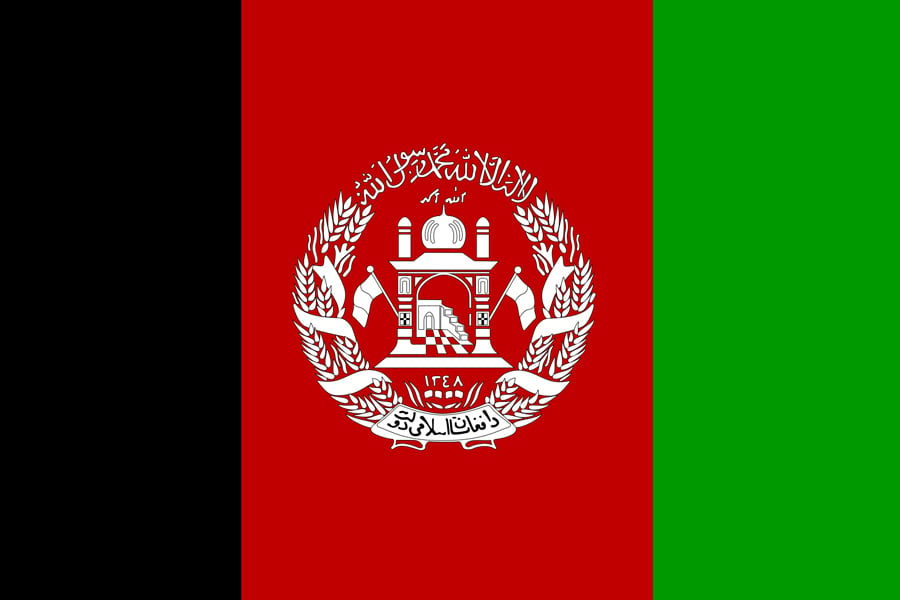


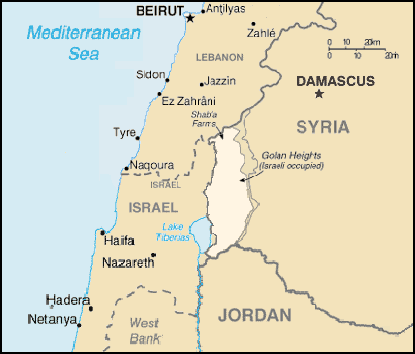







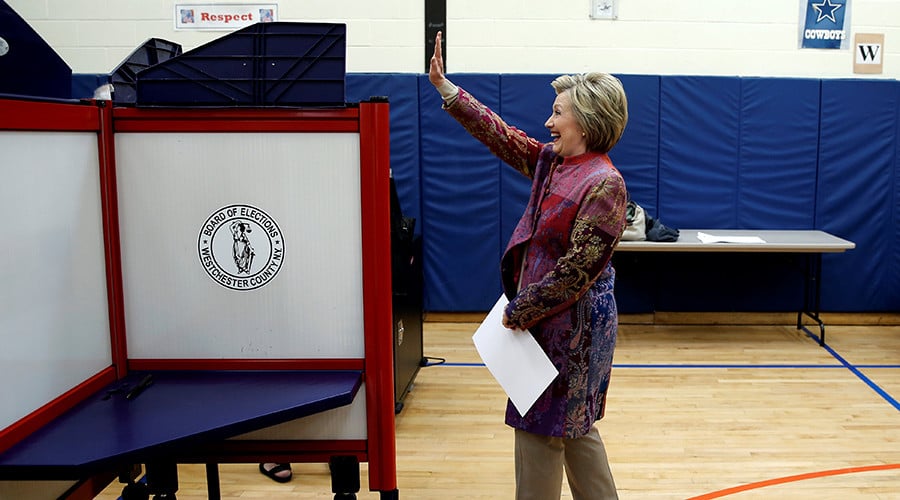
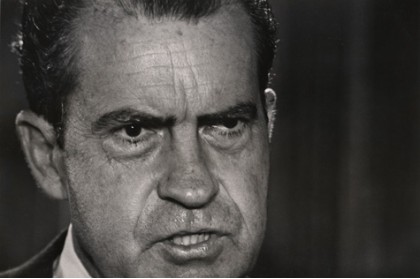
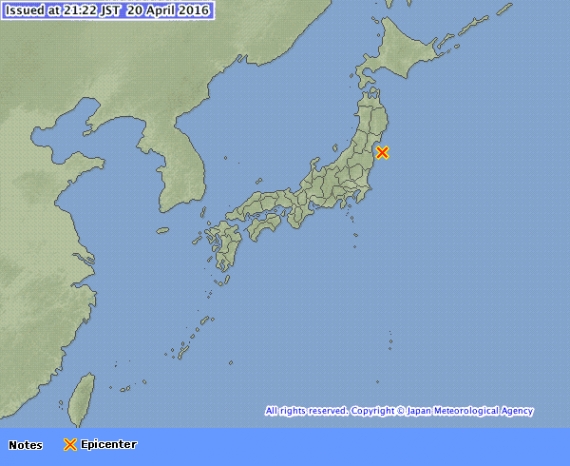



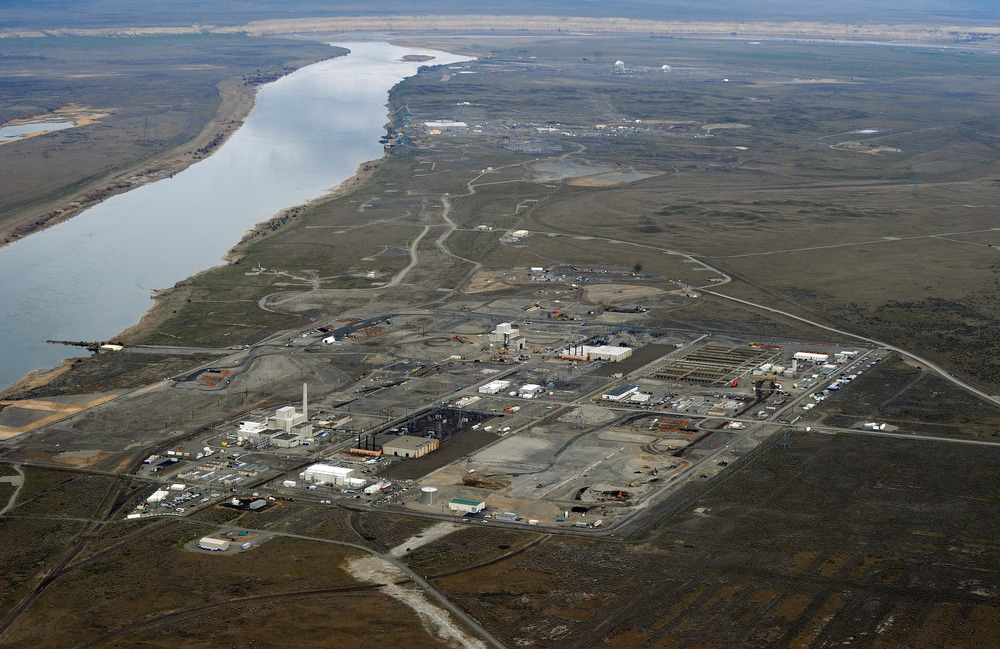
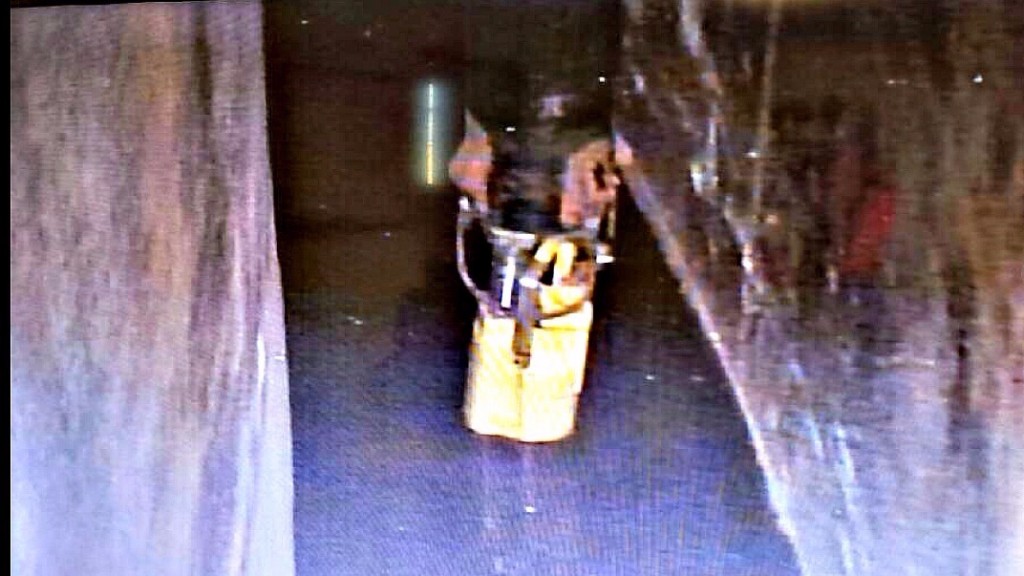
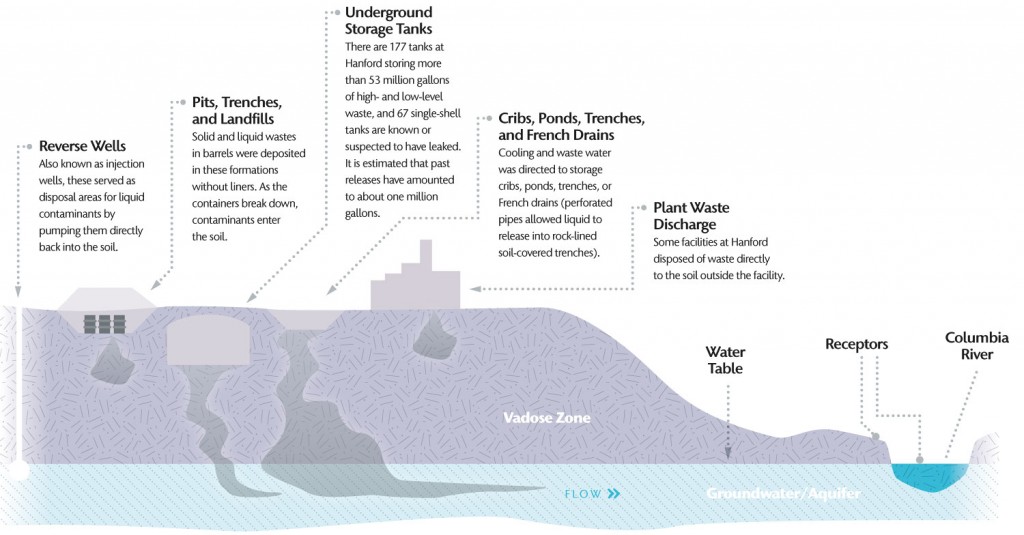
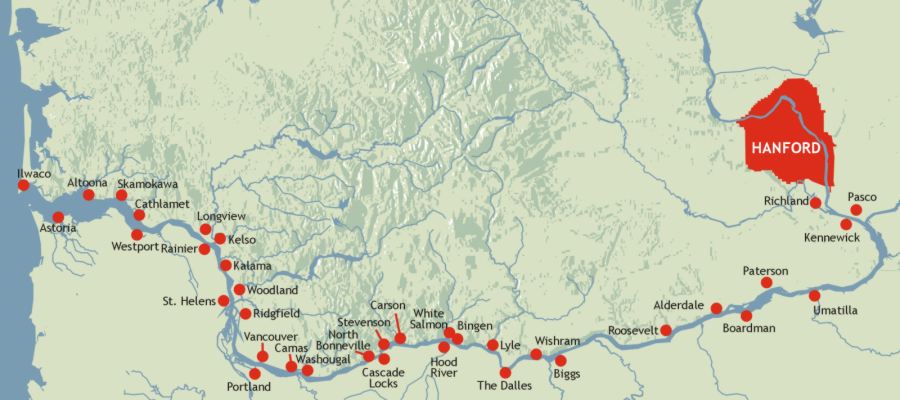











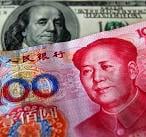

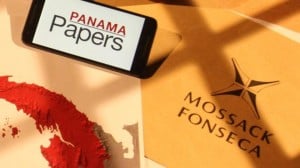
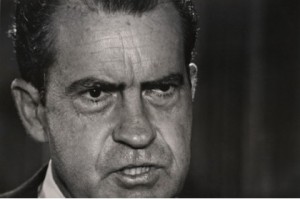

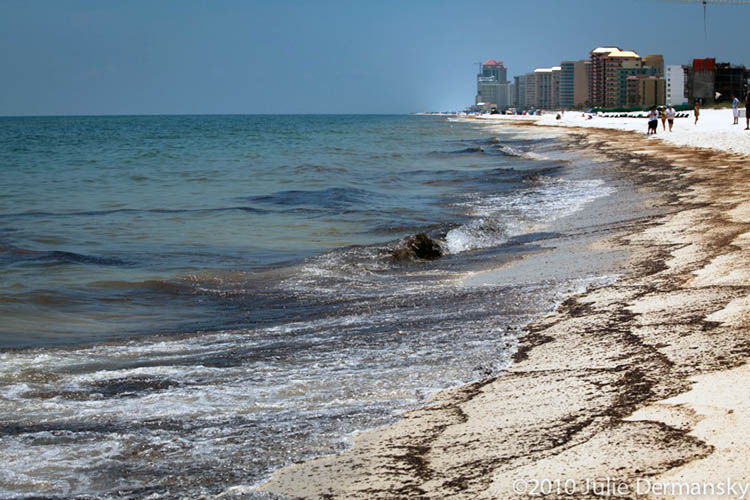
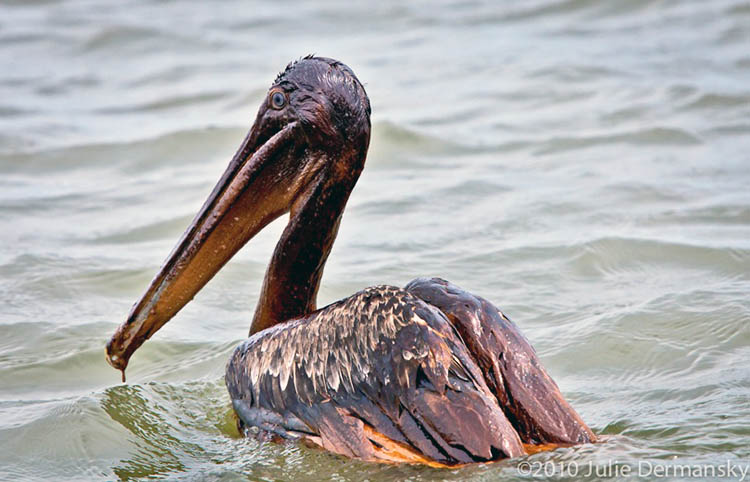
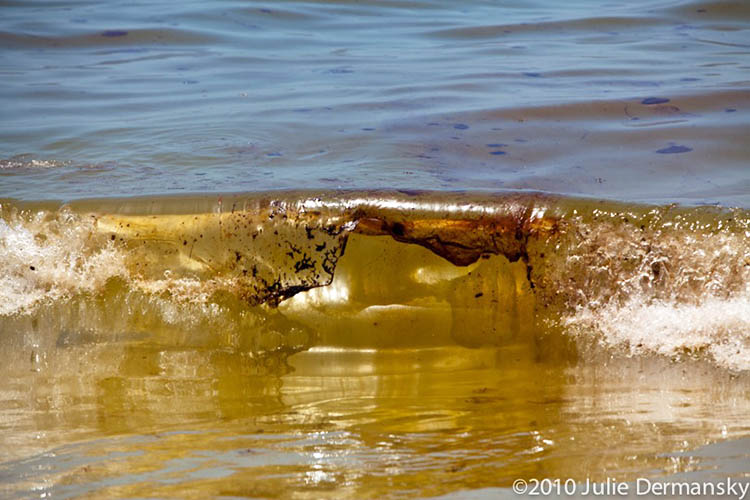
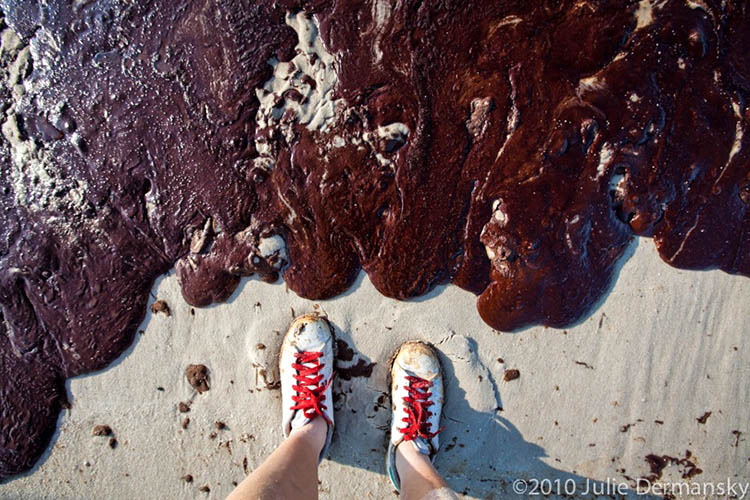
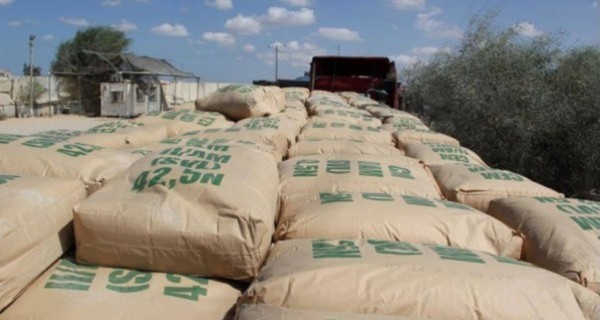


![epa04149938 Legislator Jair Bolsonaro, who supports the dictatorship, participates in a session held at Chamber of Legislators in Brasilia, Brazil, 01 April 2014. Brazilian Chamber of Legislators abruptly stoped the session in rejection of the 50 year anniversary of the military coup at the moment that Bolsonaro wanted to start his speech. Members of Parliament jeered at him and turned their backs in way of protest. EPA/FERNANDO BIZERRA JR. (Newscom TagID: epalive129917.jpg) [Photo via Newscom]](https://prod01-cdn07.cdn.firstlook.org/wp-uploads/sites/1/2016/04/Jair-Bolsonaro-540x360.jpg)


